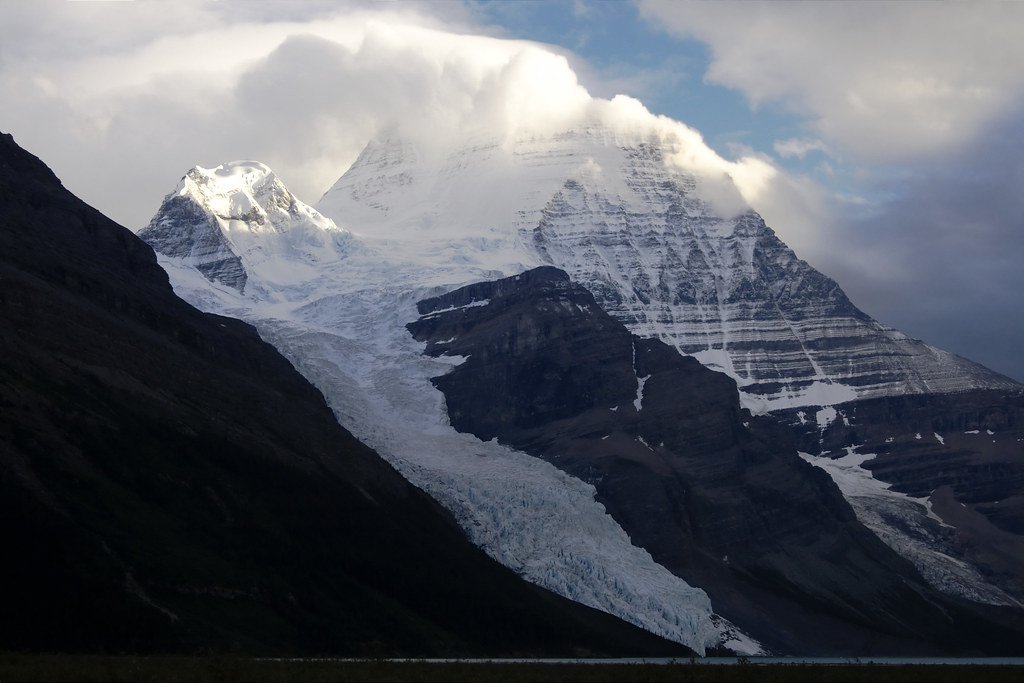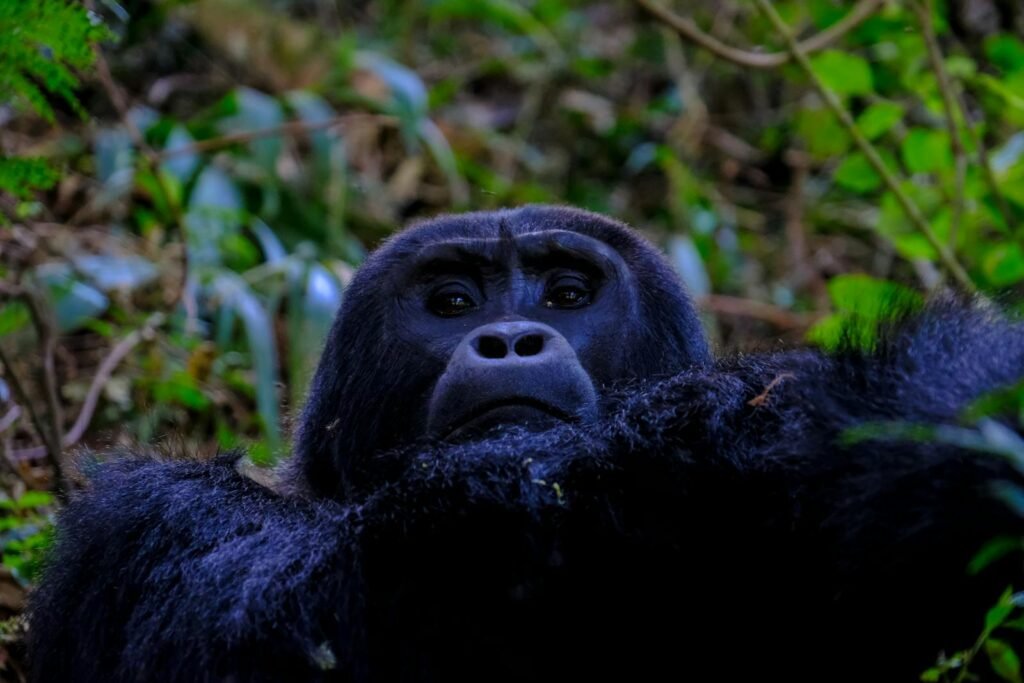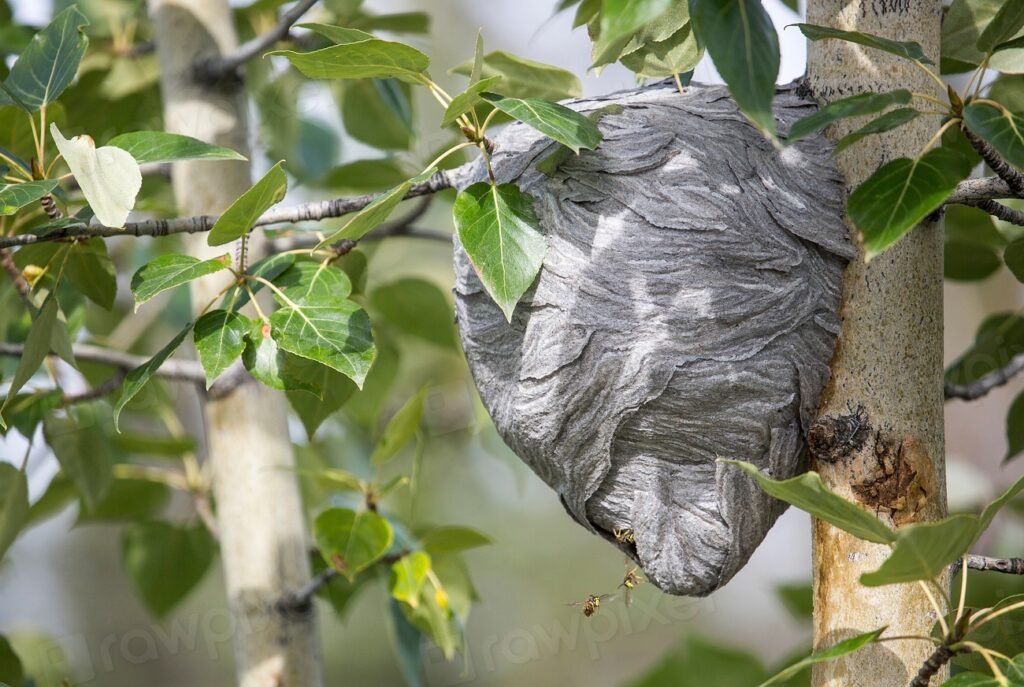Imagine standing on a mountaintop, crisp air stinging your cheeks, gazing out at a shimmering river of ice that’s been there for thousands of years. Now imagine realizing that this ancient glacier is melting before your very eyes. In a world where climate change has become a relentless force, the question whispers in the wind: Are any glaciers still stable, or are we witnessing the last breaths of these frozen giants? The search for stable glaciers has become a race against time, a puzzle that scientists, adventurers, and dreamers alike are desperate to solve. Let’s journey into the heart of ice and explore the final strongholds—if any remain—of Earth’s most enduring glaciers.
The Definition of Glacier Stability

What does it even mean for a glacier to be stable? In simple terms, a stable glacier maintains its size over time—neither advancing nor retreating dramatically. This delicate balance depends on snowfall adding to the glacier’s mass and melting or calving taking some away. If gains and losses are equal, the glacier is considered stable. But today, most glaciers are losing more than they’re gaining. The very idea of stability is becoming rare, almost mythical in the glaciology world. It’s a concept that now seems as fragile as the ice itself, threatened by rising temperatures and shifting weather patterns.
Why Glaciers Matter: Beyond the Beauty
Glaciers are more than just breathtaking scenery. They’re crucial for drinking water, irrigation, and even hydroelectric power for millions of people. Their seasonal melt feeds rivers that sustain entire cities and ecosystems. Glaciers also act as natural climate records, holding secrets about Earth’s past within their icy layers. Losing them doesn’t just mean losing beauty—it means unraveling the threads that hold together many of the world’s water supplies, food systems, and climate history. It’s a loss that ripples far beyond the mountaintops.
The Relentless March of Glacial Retreat

The pace at which glaciers are retreating is nothing short of shocking. Since the late 20th century, satellite images and on-the-ground measurements show accelerated melting virtually everywhere. Glaciers in the Alps, Rockies, Andes, and Himalayas are shrinking at record rates. In 2024, the World Glacier Monitoring Service reported that the past decade had the highest rate of glacier loss ever recorded. For many, the retreat is not just a scientific data point—it’s a personal heartbreak, a visible scar on beloved landscapes.
Alaska’s Glaciers: Once Mighty, Now Vulnerable

Alaska’s glaciers were once seen as bastions of ice. Today, even these colossal rivers are losing ground. Some, like Taku Glacier, held out longer than others. For years, Taku was considered one of the few advancing glaciers, but in 2019, it too began to retreat. Scientists had hoped Taku might defy the trend, but the warming climate proved relentless. Now, Alaskan glaciers serve as powerful symbols of both endurance and vulnerability—a sobering reminder that even the mightiest glaciers are not immune.
Greenland’s Ice Sheet: A Giant Under Siege

The Greenland Ice Sheet is the largest in the Northern Hemisphere, and its stability is critical to global sea levels. In recent decades, Greenland has lost billions of tons of ice each year. Some isolated regions in the interior seem to be more stable, but the edges are melting rapidly. The fate of these central glaciers is uncertain; while they may temporarily resist retreat, the broader trend is alarming. Greenland’s story is a warning that even the world’s largest ice masses are not safe.
Antarctica: The Last Great Ice Fortress?

When people imagine a stable glacier, their minds often wander to Antarctica. With its vast, cold expanse, it feels untouchable. In reality, parts of Antarctica—especially West Antarctica—are highly unstable, with massive ice shelves breaking off into the sea. Some areas in East Antarctica remain relatively unchanged, but recent research suggests even these regions are starting to lose ice. The continent is no longer the solid refuge it once seemed, and the cracks—literal and metaphorical—are growing.
The Himalayas: The Third Pole’s Melting Crown

The Himalayas, sometimes called the Third Pole, hold more ice than anywhere outside the polar regions. These glaciers feed the Ganges, Indus, and Brahmaputra rivers, lifelines for over a billion people. Recent studies show that Himalayan glaciers are shrinking faster than ever, with some losing more than half their ice in just a few decades. There are pockets where glaciers seem to hold steady, but these exceptions are rare and fragile. The Himalayas are becoming a frontline in the fight for glacier survival.
South America’s Andean Glaciers: Disappearing Water Towers

In the Andes, glaciers have been the backbone of cities like Lima and La Paz, providing vital water during dry seasons. Today, many of these glaciers are on the brink of vanishing. Smaller Andean glaciers have already disappeared, and even the mighty Quelccaya Ice Cap in Peru is retreating rapidly. Local communities are left scrambling for alternatives, as water supplies dwindle and memories of stable ice become just that—memories.
Europe’s Alps: A Vanishing Wonderland

The Alps have long been a symbol of majesty and adventure, their glaciers drawing climbers and tourists from around the globe. But now, the Alpine glaciers are melting so fast that some ski resorts have started covering them with special blankets in summer to slow the loss. In 2023, studies showed that the Alps lost over 10% of their glacier volume in just two years. While a handful of small glaciers in high, shaded spots show temporary stability, none are truly immune to warming.
Iceland’s Glaciers: Erosions and Eulogies

Iceland’s glaciers are legendary, shaping both the landscape and the nation’s identity. Yet, the famous Okjökull glacier was declared dead in 2014, and many others are following. Scientists and Icelanders alike have held funerals for lost glaciers, mourning not just ice, but a piece of their cultural heritage. While some glaciers in colder, higher regions persist, their future is uncertain. Stability here is fleeting, and the emotional toll is real.
The Canadian Rockies: Temporary Refuges

The glaciers of the Canadian Rockies are shrinking, but a few stubborn patches—like those on Mount Robson or the Columbia Icefield—still cling to a semblance of stability. These areas benefit from high snowfall, which helps offset summer melting. However, even these refuges are under threat. Scientists caution that, without dramatic reductions in greenhouse gases, even these “holdouts” may vanish within decades.
New Zealand’s Southern Alps: Brief Respite, Then Retreat

For a brief window in the early 2000s, some glaciers in New Zealand’s Southern Alps actually grew, thanks to increased precipitation. But this was short-lived. Warming temperatures soon outpaced snowfall, sending the glaciers into retreat once again. Today, famous glaciers like Franz Josef and Fox are shrinking, with only small, high-altitude glaciers showing momentary signs of balance.
The Karakoram Anomaly: A Rare Exception?

Amidst the sea of melting ice, the Karakoram Range in northern Pakistan and China stands out. Here, several glaciers have remained stable, and a few have even advanced slightly—a phenomenon known as the “Karakoram Anomaly.” Scientists think unique weather patterns, with heavy snowfall and cooler summers, play a role. But even this anomaly is fragile. Any shift in climate could tip the balance, turning these rare exceptions into just another chapter in the story of global retreat.
Glaciers in Patagonia: Fastest Losers in the South

Patagonia’s glaciers are among the fastest melting on the planet. The Southern Patagonian Ice Field, once a vast icy expanse, is losing mass at rates that alarm even seasoned scientists. A few remote, high-altitude glaciers remain relatively stable, but they are the exception, not the rule. The loss of Patagonian glaciers is especially heartbreaking because they are so remote and wild—a symbol of untouched nature, now touched by global change.
Small Glaciers: The Canaries in the Coal Mine

It’s often the smallest glaciers that disappear first, giving us early warnings about climate change. Across Africa, for example, glaciers on Mount Kilimanjaro and Mount Kenya are nearly gone. In Indonesia, the last tropical glaciers are on the verge of extinction. These tiny ice patches can’t withstand sustained warming, and their rapid loss signals what is to come for larger glaciers worldwide.
Stable Glaciers: Are There Any True Survivors?

So, are there really any stable glaciers left? The answer is complicated. While a handful of glaciers—mostly in very cold, high, or unusually snowy regions—show temporary stability, none are truly safe from the global trend. Even the “stable” glaciers are vulnerable to future shifts in temperature and precipitation. Stability, it seems, is now a moving target, and the few surviving glaciers are fighting a battle against odds that grow longer every year.
The Role of Human Action: Hope or Hopeless?

Human choices play a huge role in the fate of glaciers. The burning of fossil fuels is the main driver of global warming, which accelerates glacier melt. But there’s hope in action. International agreements, renewable energy, and local conservation efforts can all help slow the loss. The story of glaciers is also a story of human power—both to destroy and to protect. It’s a reminder that the future is not yet written, and we still have choices to make.
What the Loss of Glaciers Means for the Future

The loss of glaciers is more than a scientific concern—it’s a human crisis. Rivers that once ran strong each summer are drying up, threatening crops and drinking water. Cultural traditions tied to glaciers, from Andean festivals to Icelandic folklore, are fading. Even tourism is at risk, as once-majestic ice fields turn to bare rock. The consequences will ripple for generations, affecting everything from food security to cultural identity.
Personal Reflections: Witnessing the Change

For those lucky enough to visit a glacier, the experience is unforgettable. Standing on ancient ice, you feel both awe and sadness—aware that you’re witnessing something that may not last. Many scientists and travelers describe a sense of loss, almost like grieving a loved one. But there’s also inspiration in the resilience of nature, and in the people fighting to protect what’s left. The story of glaciers is personal and universal, heartbreaking and motivating.
What Can We Do Next?

The fate of Earth’s last glaciers is not sealed. Each of us can play a part, whether by reducing our carbon footprint, supporting climate action, or simply raising awareness. The fight for glaciers is a fight for the future—of water, culture, and wonder. As we stand at this crossroads, the question remains: Will we be the generation that witnessed the last stable glaciers, or the one that helped them endure?



